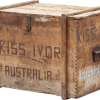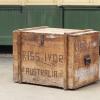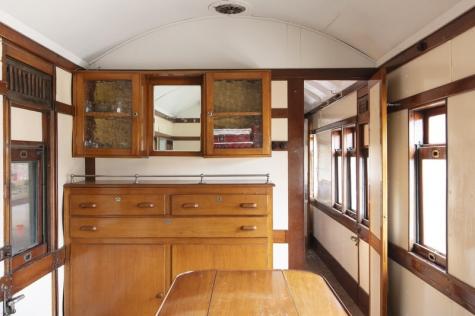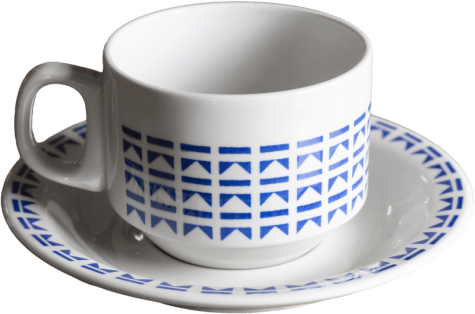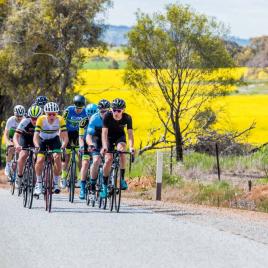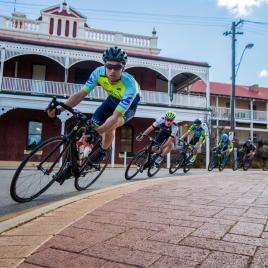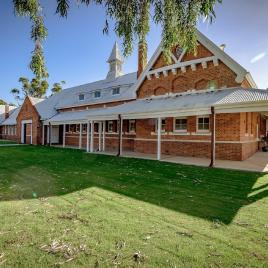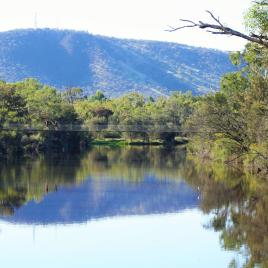Migrant Trunk
As Europeans battled the fallout of World War II in their homelands, many fled the continent with dreams of a brighter future. Of the millions who left, some 30,000 landed at Fremantle between 1945 and 1954, only to be immediately put on trains to migrant centres in former army camps in Northam. When the camps filled, other migrants began their new lives in tent camps on Northam’s outskirts, with some families remaining in their tent homes for up to five years and suffering the impacts of extreme heat, cold, fires and snake bites. Among the thousands of migrants forging new lives in Northam was the owner of this trunk and his family. Ivor Aladár Kiss von Lidértejed was a Hungarian nobleman whose ancestry dated back to the 1300s. He was an officer in the Hungarian cavalry and fought against the Russians in the last attack on horseback in World War II. After the war, Ivor and his family resettled in the American zone of Linz, Austria, but decided to leave the shattered continent for what they planned would be 10 years. They arrived in Fremantle in 1956 and set out for Northam Army camp by train where they lived with six families assigned to one corrugated iron army barrack. Ivor’s son Ildikó Wallace remembers waking on his barrack stretcher bed one night and screaming the place down as he peered at a scorpion on the wall near his pillow. “As children 10 and 11 years old my brother and I coped, but it was terrible for my parents who had lived in a large apartment in Budapest and found everything rather uncivilised,” he remembers. “Eventually, my father found work and we ended up in Perth and slowly, slowly our situation improved,” Ildikó recalls. “My brother and I have married Australians and had children, who are proud Australians and we have never regretted having come to this remarkable country. Life is what you make it, wherever you are.”



